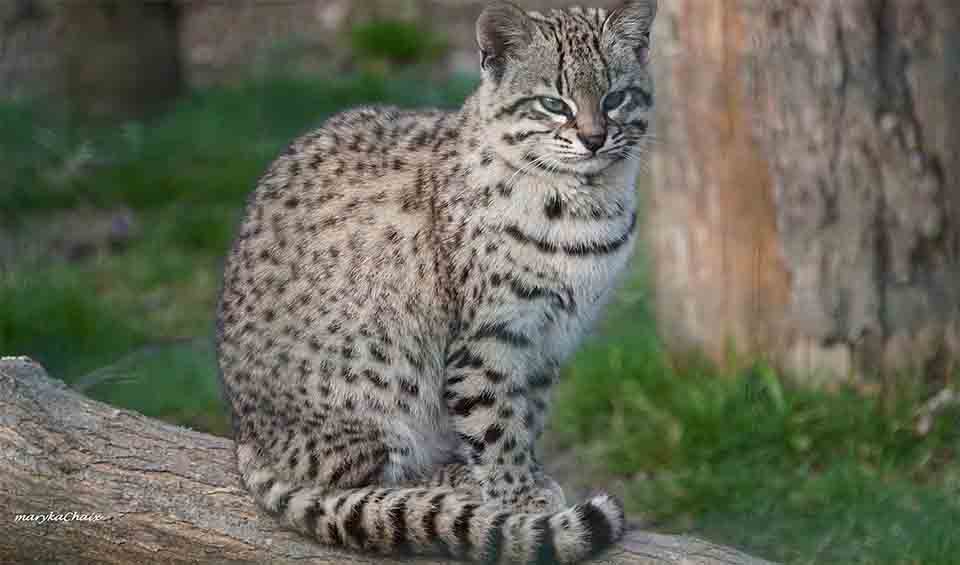This relatively small yet fiercely competent predator is distinguished by its visually striking coat, marked with a pattern of black spots and stripes. This distinctive patterning is not merely for aesthetics; it plays a crucial role in the cat’s survival, allowing it to blend seamlessly into the diverse environments it inhabits. From the dense underbrush of forests to the tall grasses of the plains, the camouflage provides Geoffroy’s cat with a significant advantage in both evading predators and stalking prey.
Among the many fascinating traits of Geoffroy’s cat is its unusual proficiency in swimming, a skill not commonly associated with felines. This ability to navigate waterways enables Geoffroy’s cat to exploit aquatic environments for hunting, broadening its dietary options to include fish and other aquatic organisms. This versatility in hunting strategies underscores the adaptability of Geoffroy’s cat, allowing it to thrive in a variety of habitats, including, but not limited to, the arid deserts of Argentina and the lush rainforests of Brazil.
Despite its modest size, Geoffroy’s cat is a formidable predator, capable of taking down prey much larger than itself. This capability is attributed to its remarkable agility, sharp claws, and strong predatory instincts. The cat’s hunting technique is a blend of patience and precision, utilizing its camouflage to remain undetected until it can launch a swift and decisive attack on its unsuspecting prey.
Geoffroy’s cat inhabits a wide range of ecological zones across South America, showcasing its adaptability to various environmental conditions. This widespread distribution is indicative of the species’ ecological flexibility, but it also exposes Geoffroy’s cat to a myriad of threats. Habitat loss due to deforestation, land conversion for agriculture, and urban expansion poses significant challenges to Geoffroy’s cat populations.
Distribution
 Argentina
Argentina Bolivia
Bolivia Brazil
Brazil Chile
Chile Paraguay
Paraguay Uruguay
UruguayAnything we've missed?
Help us improve this page by suggesting edits. Glory never dies!
Suggest an editGet to know me
Terrestrial / Aquatic
Altricial / Precocial
Polygamous / Monogamous
Dimorphic (size) / Monomorphic
Active: Diurnal / Nocturnal
Social behavior: Solitary / Pack / Herd
Diet: Carnivore / Herbivore / Omnivore / Piscivorous / Insectivore
Migratory: Yes / No
Domesticated: Yes / No
Dangerous: Yes / No




